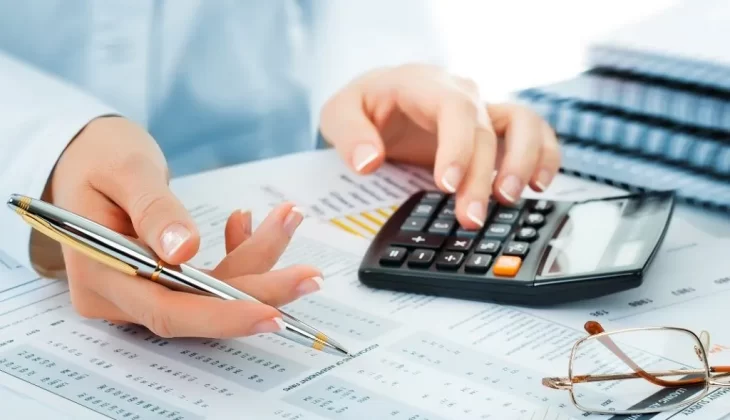The process of general ledger accounting starts with the trial balance, an important step in preparing the balance sheet and profit & loss account. The ledger is essentially a book of rules that records financial transactions for an entity. The balances in the accounts must equal each other in order for the account balances to be correct. Then, the bookkeeper must prepare the trial balance and reconcile the information to arrive at a total for both credit and debit sides. The trial balance also shows any discrepancies and errors, which are immediately fixed by the finance team.
A general ledger is made up of several categories. First, the ledger of financial obligations pertains to the financial obligations of a business, which may include direct and indirect expenses. This accounting chart is a necessary step in preparing financial statements, and helps determine the financial situation of the business entity. Secondly, the general ledger is prepared using the double-entry method of accounting, which minimizes the possibility of human error.
Lastly, the general ledger is the repository for all the transactions that occur in a business, and is the foundation for double-entry accounting. It serves as a central record of all assets and liabilities for an organization. The general ledger also keeps track of revenue. Revenues come from the sale of goods or services, and revenue must be recorded according to the revenue recognition principle. If you want to prepare a tax return, you’ll need general ledger accounting.
A general ledger can also help you spot financial issues as they arise. For example, an accurate general ledger will give you a clear picture of why expenses have increased or decreased. A good general ledger is also a valuable asset for a business, allowing you to identify financial issues before they cause too much damage. It also helps you avoid unnecessary mistakes in your bookkeeping, making it easier to catch problems before they become too large.
Managing the general ledger can be challenging, but the process is relatively easy if you know how to use it properly. By following the financial cycle, you can ensure that all transactions are properly recorded. By understanding the general ledger, you can minimize the risk of making uncollectible receivables. You can also automate the entire process by using an accounting software. You can get started with GL by using a demo version of the program.
A general ledger accountant maintains financial data and reconciles balance sheet accounts monthly. It also analyzes variances and prepares financial reports to aid management in making timely decisions and year-end projections. A general ledger accountant also maintains spreadsheets and performs general ledger imports and exports. A general ledger accountant works closely with external and internal auditors during the year-end period. The position requires strong organizational skills and strong communication skills.
The general ledger is a collection of accounts that cover all transactions for a particular type of accounting entity. It is usually organized into five major categories: assets, liabilities, revenue, and owner’s equity. The different categories are often further broken down into subledgers. Using subledgers for certain items helps streamline auditing of accounting records and analysis by internal stakeholders. You must also be aware that each category can have multiple GL accounts.
